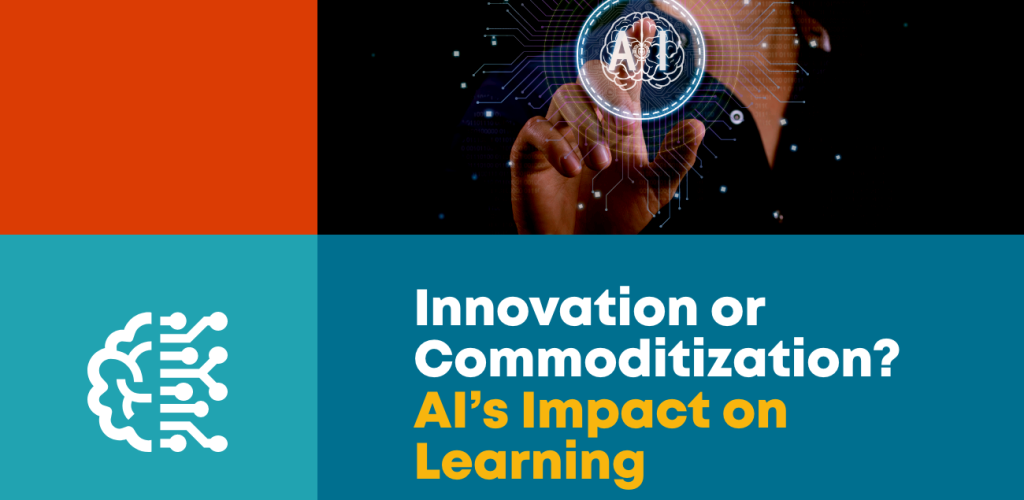I am old enough to remember when ATMs were introduced and became a big thing in banking in 1978 following a blizzard in New York City. My banking colleagues and I felt insulted when a comedian joked that ATMs were the biggest innovation in banking since the “advent of electricity.” In some ways, he was right. We were struck in our old ways until a major crisis demonstrated that customers were ready to accept change.
A number of banks, including ours, then went on a marketing blitz to proclaim that our ATMs were different – they were better, faster, and had more features than our competitors’ ATMs. As one customer pointed out, “All I want is to get my damn cash from the machine whenever I want it. All the other bells and whistles don’t mean a thing.” The customer did not find anything special or different about one bank’s ATM vs. another.
Generally, the greater the innovation, the more generic a product or service becomes. Customization leads to commoditization with significant profit erosion. When consumers adapted to the internet and online commerce emerged, many industries found themselves in a position of having to defend what they claimed was their proprietary offering. New business models had to adapt to survive. Many companies disappeared as new ones emerged.
AI and ChatGPT represent a serious threat to the current business models in the learning industry. Content will start to be considered generic unless we can fiercely defend its proprietary value through the lens of the consumer. We can do this by providing something unique, different, and undeniably valuable – the value add must be made crystal clear to the consumer. For instance, adaptive learning, a concept widely thrown around in learning circles, must truly mean that the course content had a solid basis in customization and that it will lead the user on their learning journey. Customers are willing to pay for proprietary content when we can demonstrate that desired learning outcomes are being met and organizational goals are being achieved. We must enhance metrics around efficacy and quality in learning.
While the potential downside is clear – AI diluting the quality and adaptability of content – there is also an upside to AI. When used appropriately, AI can speed up and enhance the development of content. The nuance lies in how and when AI is utilized. Used well, it’s a boon. Used poorly, it becomes dangerous – with the potential to introduce inaccuracies and bias.
At ansrsource, we have always stayed close to our customers, listening to understand their unique needs and the values they seek. We will continue to customize our approach to meet specific client needs – utilizing AI only in ways that add rather than subtract value. We will also closely measure the outcomes of our joint efforts to make sure we are providing the differentiation to earn a premium over the commodity pricing. We are betting that high-quality services and first-class products will always be important to companies with sustainable business models.



